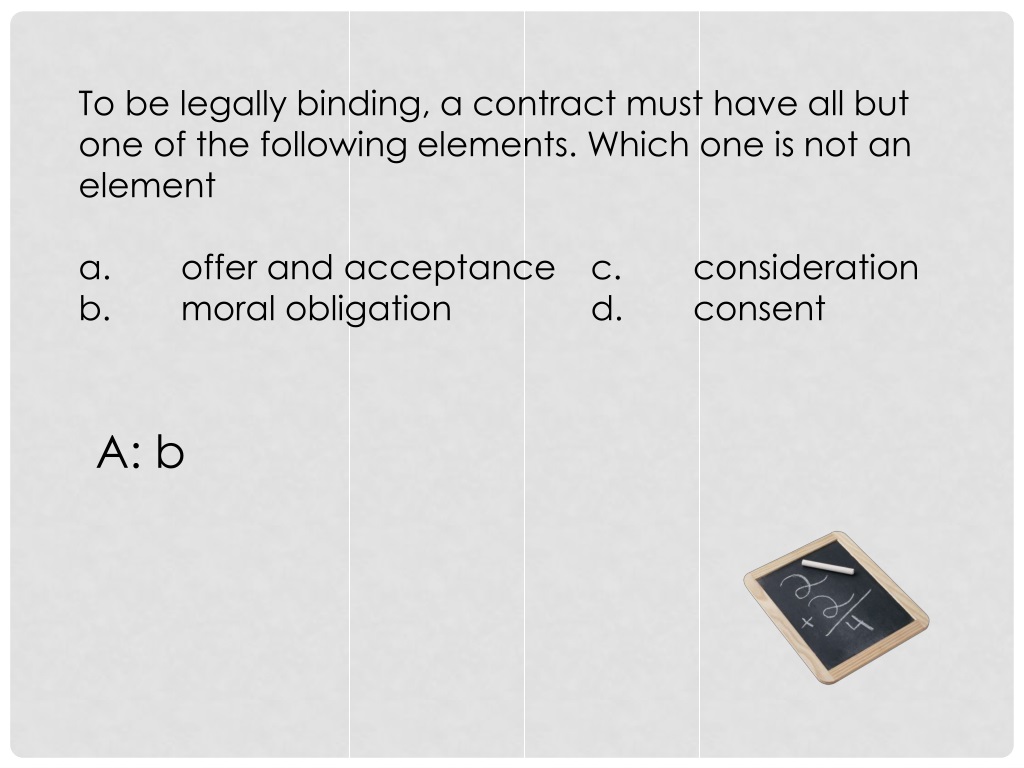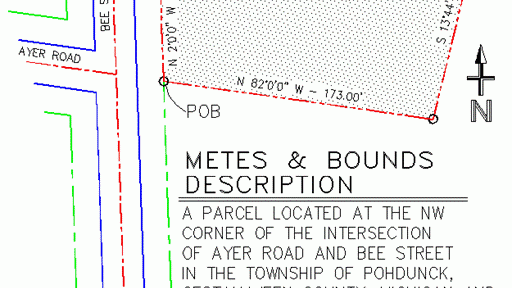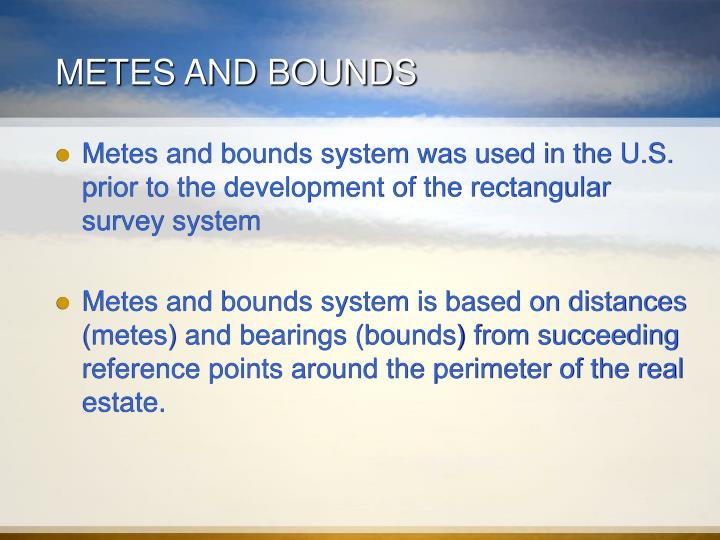
Often the property owners will be mentioned who bound the land being described.Īn example of what might be found in a metes and bounds deed follows:īeginning at a stake and stones about forty feet from the center of the brook that runs across the road South westerly from the dwelling house of the late Arnold Leonard deceased now occupied by the widow Phrelove Leonard and in the west line of the highway leading by the dwelling house now occupied by the widow Phrelove Leonard. The corners will generally be a physical feature. This is followed by directions and measurement which may be written in a variety of ways, indicating a line leading to the next corner. In a metes and bounds land description, there is a starting point which is always at a corner. Common terms might be the name of a tree, creek, owners of land bordering the property and even piles of rocks. Therefore, when land is surveyed in this manner, the results can be quite interesting. "Bounds" refers to the naming of physical features in defining the boundaries of the land. Link: 7.92 inches perch/pole: 16.5 feet or 1/4 chain or 25 links or 198 inches rod: 16.5 feet chain: 66 feet 4 rods or 100 links furlong: 664 feet Bounds For example the following terms were common when doing a metes and bounds survey: Various forms of measurement were used to determine distance. To find the direction, a compass was used indicating north, south, east, west as well as the degree of direction between 0 and 90. The word "metes" is defined as the direction and distance of a line the line forming the boundary of the property. States which used this form of surveying were the thirteen original colonies (Connecticut, Delaware, Georgia, Maryland, Massachusetts, New Hampshire, New Jersey, New York, North Carolina, South Carolina, Pennsylvania, Rhode Island, Virginia) as well as the state land states Hawaii, Kentucky, Maine, Texas, Tennessee, Vermont, West Virginia and parts of Ohio. The system is still in existence today for land which was acquired before the present system of surveying land was adopted. Front footage of a property is the linear feet along the street line, or in essence, the width of the property.Prior to the Revolutionary War, when land was surveyed, the “metes and bounds” system was used to define boundaries. So, a description might say “Lot two, block four, Oak Hills Estate, Johnson County, Kansas” and that's all.

A plat map shows all of the lot numbers and block numbers in a particular subdivision, and this records the legal descriptions on the public record.Ī lot and block description will simply list the lot number, the block number, the subdivision, the county, and the state. The lot and block description is recorded on a plat map. Lot and BlockĪ third way of giving a legal description is called the lot and block description, which is used in cities with new subdivisions. Remember that every section of the ground in the rectangular survey system contains 640 acres, and every acre of ground contains 43,560 square feet.

So, one-mile square and one square mile is the exact same thing. So, if we also take one-mile times one mile, that means a section of ground contains one square mile. To find the area of something we take the length times the width. A section of ground is one mile on all sides, which means it is a one-mile square. The rectangular survey system was developed in an effort to try and describe all of the land in our country. Thomas Jefferson developed a system drawing straight lines, vertical and horizontal, called principal meridians running north and south and principal baselines running east and west. This is what was set up years ago by Thomas Jefferson in our country, and it mostly covers the entire country. Rectangular or Government Survey SystemĪ second way of giving a legal description is called the rectangular or government survey system. The very last line of every metes and bounds description will say angle back to the point of beginning. One key thing to remember with the metes and bounds description is that the description must begin and end at what is called the point of beginning. It uses physical objects to describe the land. This is where the description would say, “Go to the well, then 300 feet west of the stake, then 200 feet to the tree”. These are typically older or used in rural areas.

Number one is called a metes and bounds description, which gives a physical description of the property. An address is what our property is commonly called and is established by the post office, however, it is not a legal description.

There are several legal ways of giving a property description.


 0 kommentar(er)
0 kommentar(er)
